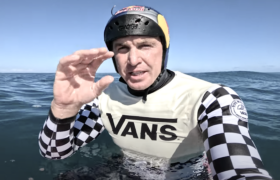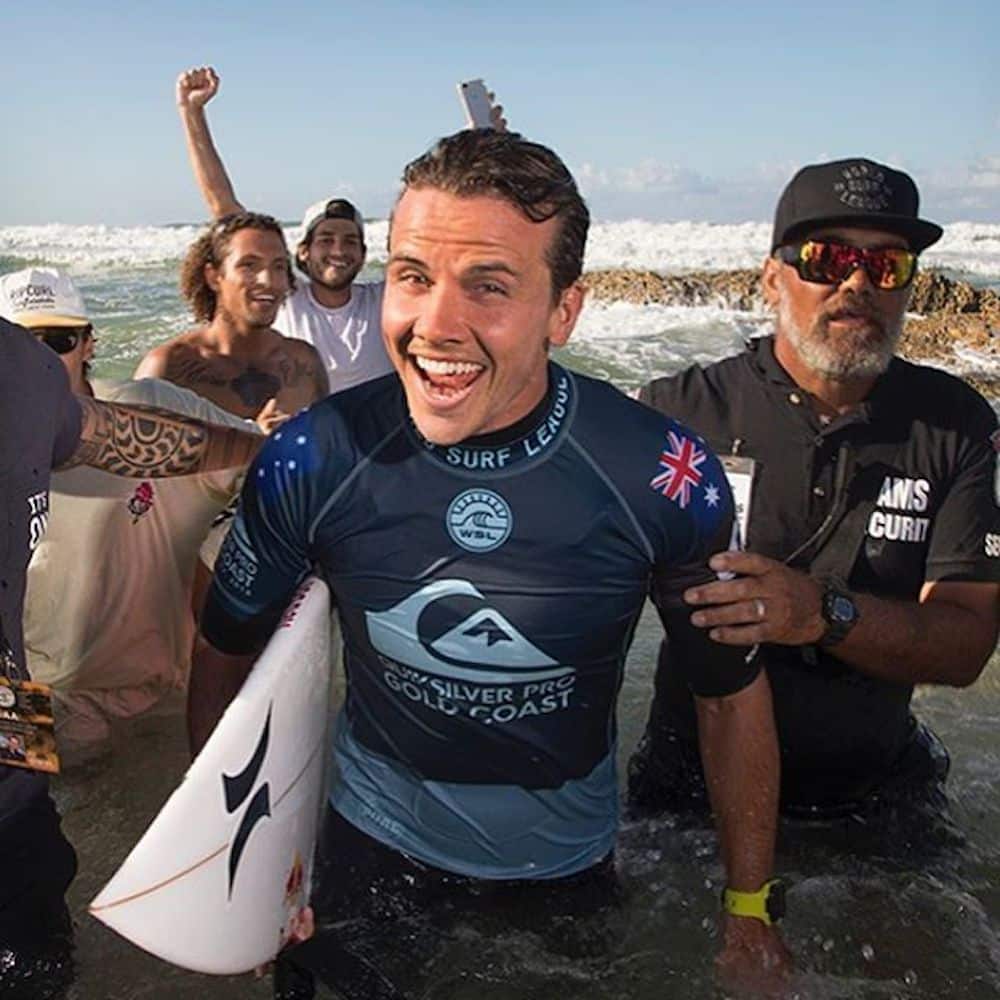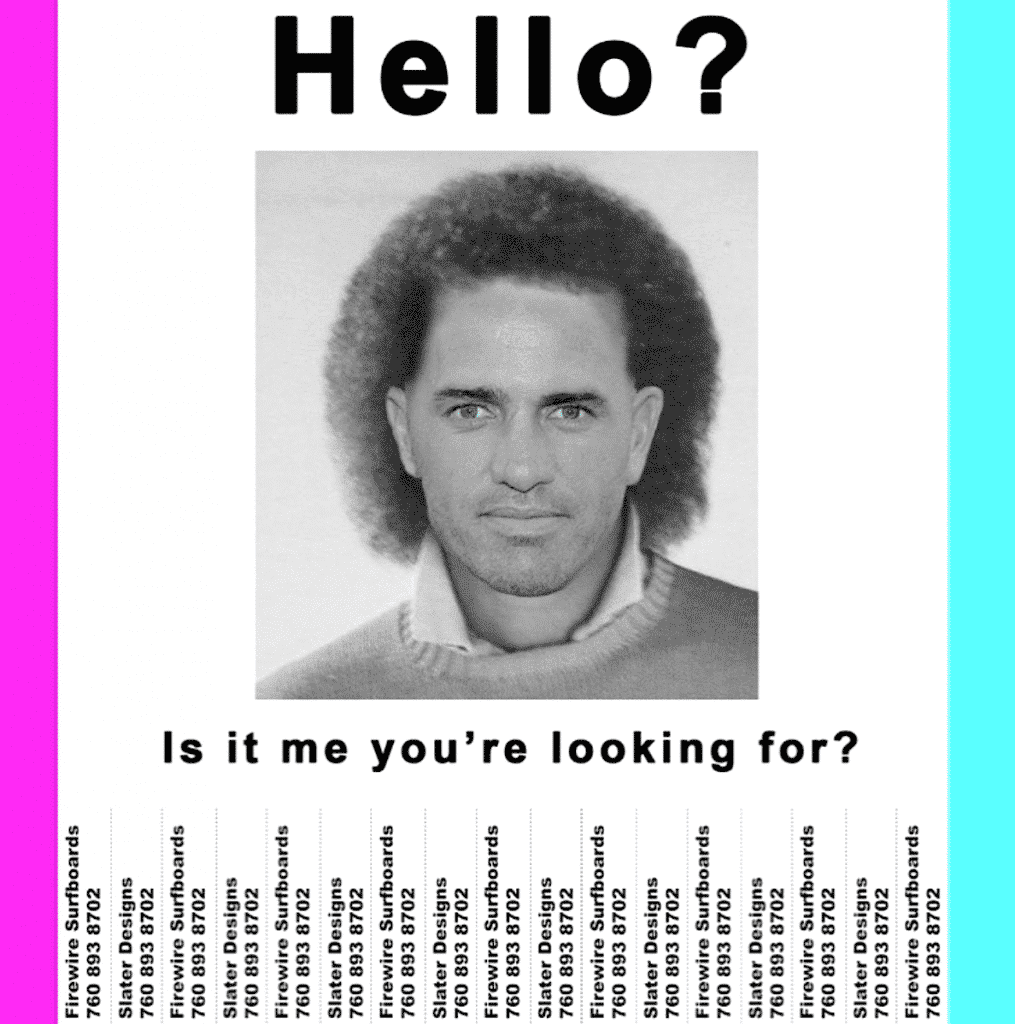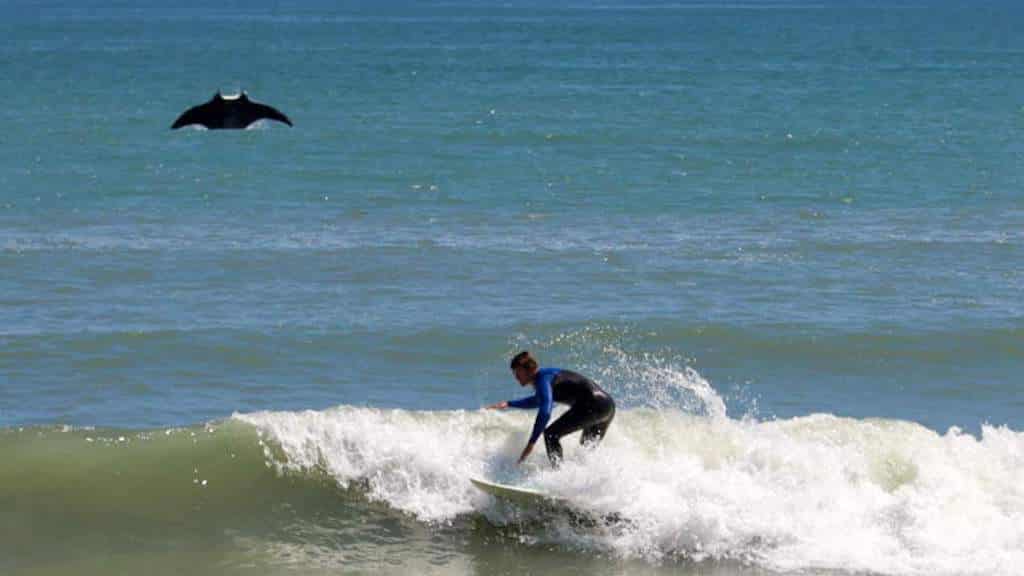Too much nanny state?
Melbourne is the home of UrbnSurf, Australia’s first commercial wave tub or “basin” as Joe Turpel refers to them.
It’s also the home of a muddy little ditch called the Yarra River where an environmentalist has called pollution by EPS foam (used in Firewire surfboards), “disrespectful.”
EPS foam, also called Expanded Polystyrene or Styrofoam, is a petrochemical polymer and the core material used for almost all Asian surfboard production, including of course, our beloved Kelly Slater surfboard designs.
The consumer use of EPS is under threat from an Australian government initiative designed to cut down on plastic waste.
Last week the federal govt bought forwards a planned phase out of EPS for consumer products from 2025 to 2022. In a National Plastics Plan the government has said it would consider regulatory action if industry phase-outs didn’t happen.
In a sign of the times, forward-thinking manufacturer Hayden Cox of Hayden shapes surfboards, creator of the biggest selling surfboard of all time, the Hypto-Krypto, has already diversified his offerings to include PE construction which is a surfboard made with a PU core and epoxy resin.
That’s not new technology; it’s been refined over many years by shaper/designers including Maurice Cole.
PU or polyurethane-cored surfboards have been the industry standard since 1950’s when WW2 technology was used to replace the prevailing balsa board standard. PU has been denigrated as dinosaur technology in comparison to the use of EPS and epoxy but in actual fact PU was not formulated until 1937 by Dr Otto Bayer, while EPS was accidentally discovered in 1839 by German apothecary Eduard Simon which makes PU the far more modern material.
EPS gained a huge leg-up in the market when US blank manufacturer Gordon “Grubby” Clark walked away from his factory on “Black Monday” Dec 5, 2005, citing excess green tape in California.
In the ensuing blank shortage, surfboard manufacturers were forced to incorporate alternatives into the blank mix.
Floridian mad cat Greg Loehr, an early proponent of EPS/Epoxy construction was so bullish at the time he claimed anyone left behind still using PU blanks and polyester resins would be “mowing his lawn” in the near future.
That did not come to pass.
Overwhelmingly, we still shred on our PU/PE’s.
Somehow, despite being branded by Heidi Tait of the Marine Debris Initiative as a “horrifying blight” on the marine environment, EPS has come to be branded as the more ECO-friendly material to use as a core to build surfboards with.
A true victory in marketing and greenwashing.
Our favourite agent-provacateur against EPS boards and Asian production more generally is the flamboyant Peter Schroff, who built his empire in the 80’s. He is not Robinson Crusoe, of course.
Many, many others have either joined in the off-shoring or been equally vocal in less artistic ways. Long-time San Diegan shaper Tim Bessel described the use of styrofoam to me as a “plague” and an environmental nightmare.
Why use EPS?
It’s incredibly light and incredibly cheap.
Unlike Polyurethane (PU) it doesn’t have to be blown by surfboard specific manufacturers into surfboard shaped blanks. Any old EPS can be hotwired and used.
Which makes it perfect for mass-production in Asia.
And, to be fair, for certain backyard applications.
Phasing out of EPS for surfboard production would, in effect, be a tax on Asian surfboard production. It would be a huge boon for local surfboard manufacturers, a giant blow to Firewire and others, including Wavestorms and other soft tops.
Not insurmountable.
There is some PU/PE mass production in Asia, notably Indonesia. Smaller operators like HaydenShapes can pivot, and have already done so.
But the retooling and loss of profit margin would damage market share immensely for Firewire.
Potential high times in the surfing board biz.
Major competitors’ biz models being taken out by government fiat.
Unprecedented demand due to Covid kooks and stimulus checks being spent on new whips.
Lack of workers.
I see many price hikes in the near future.
Might be high times to get the quiver sorted now.
How do you see?
Too much nanny state, let my people ride EPS?
Or fcuk that horrible stuff, makes shitty surfboards anyway.
Me: the latter, very much so.





